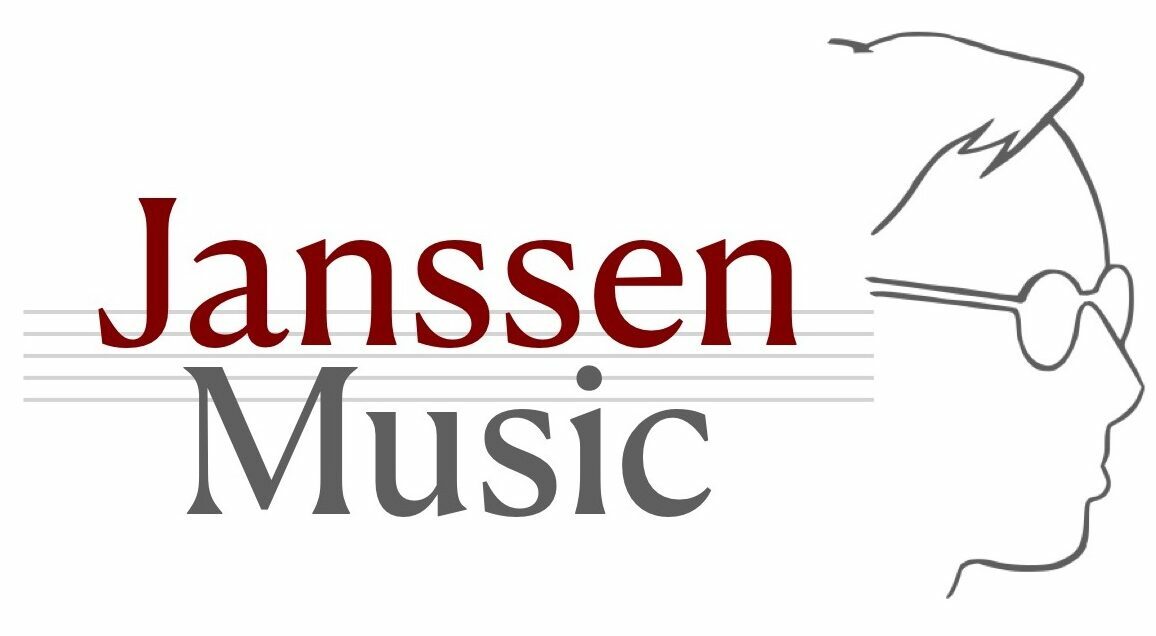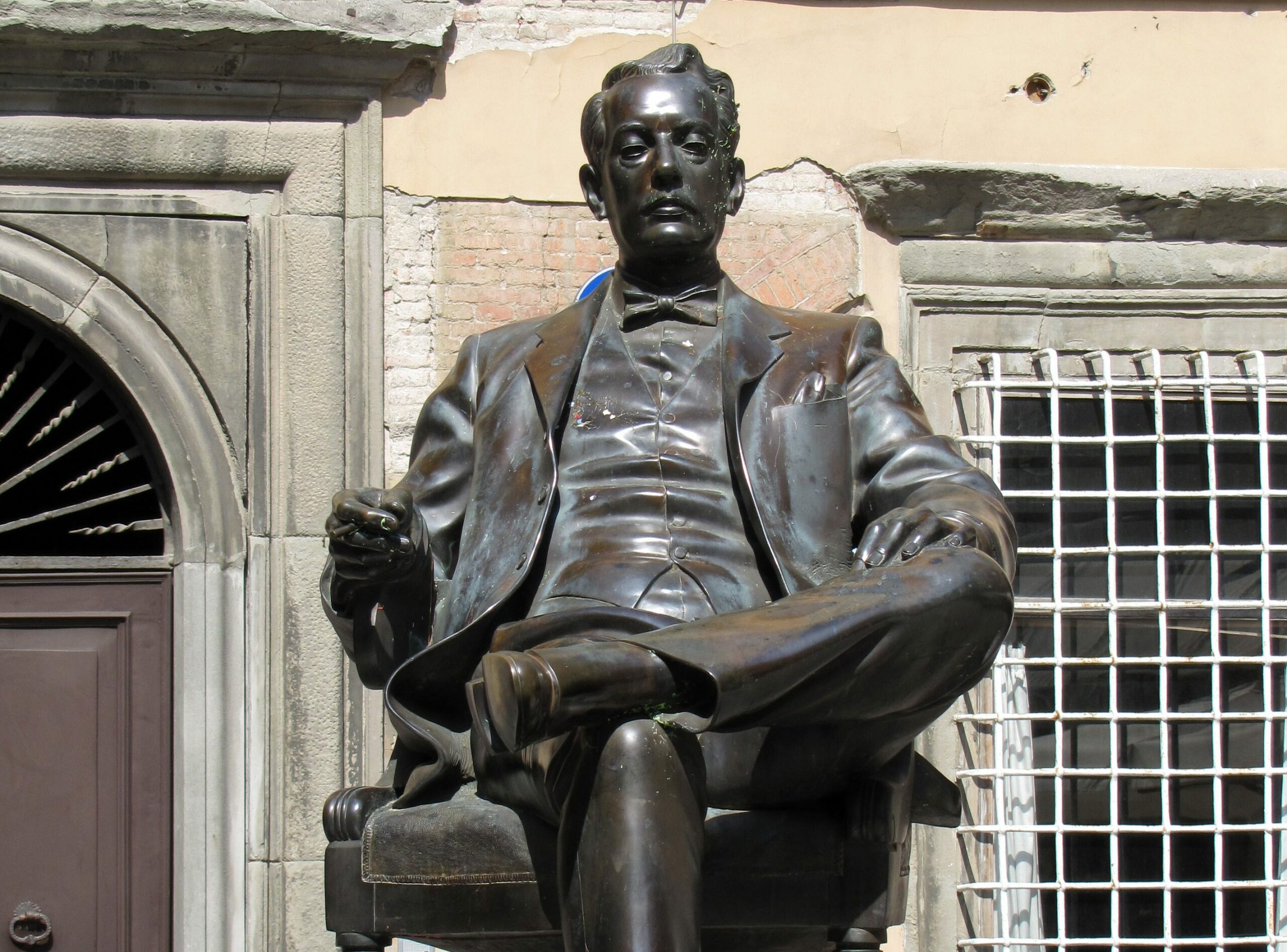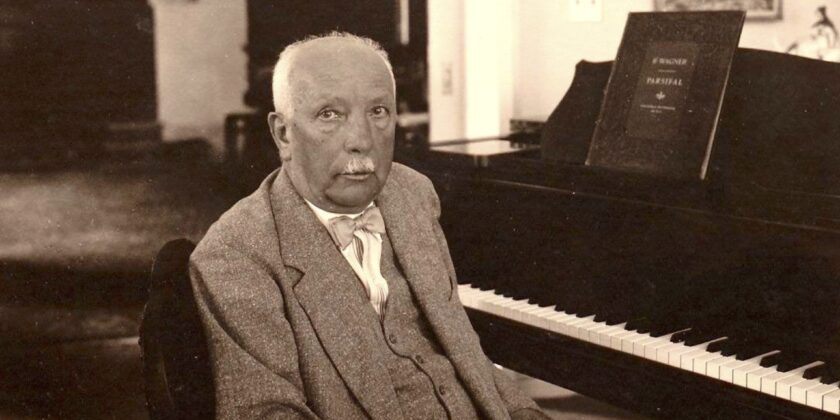Pater Noster (Our Father) – Nikolai Kedrov
| Instrumentation | Wind Band |
| Grade | 2 |
| Duration | 3 minutes |
| Publisher | Janssen Music |
| Demo Score | → Download |
‘Pater Noster’ (our Father) by the Russian composer Nikolai Kedrov is a short but deeply moving chorus of the most famous Christian prayer. The work is an example of the Russian vocal tradition: simple in design, but rich in sound and emotion.
Nikolaj Kedrov, founder of the famous Kedrov Vocal Quartet, emigrated to France after the Russian Revolution. ‘Pater Noster’ was composed around 1922 during his exile in Paris.
It is an intimate. personal and inner prayer rather than a liturgical proclamation.
A beautiful arrangement for the sound and colour of a wind orchestra.
-
 ‘Pater Noster’ (Our Father) / Nikolai Kedrov€ 48,00 excl. VAT
‘Pater Noster’ (Our Father) / Nikolai Kedrov€ 48,00 excl. VAT






